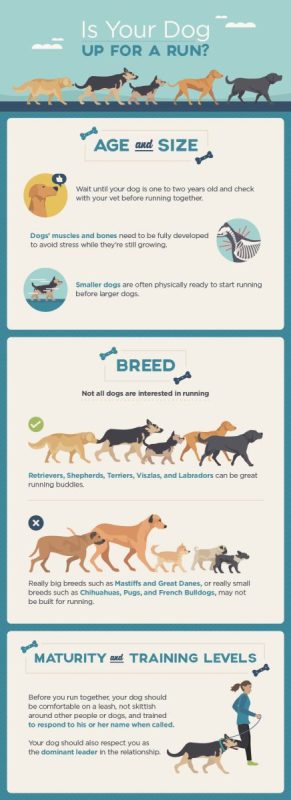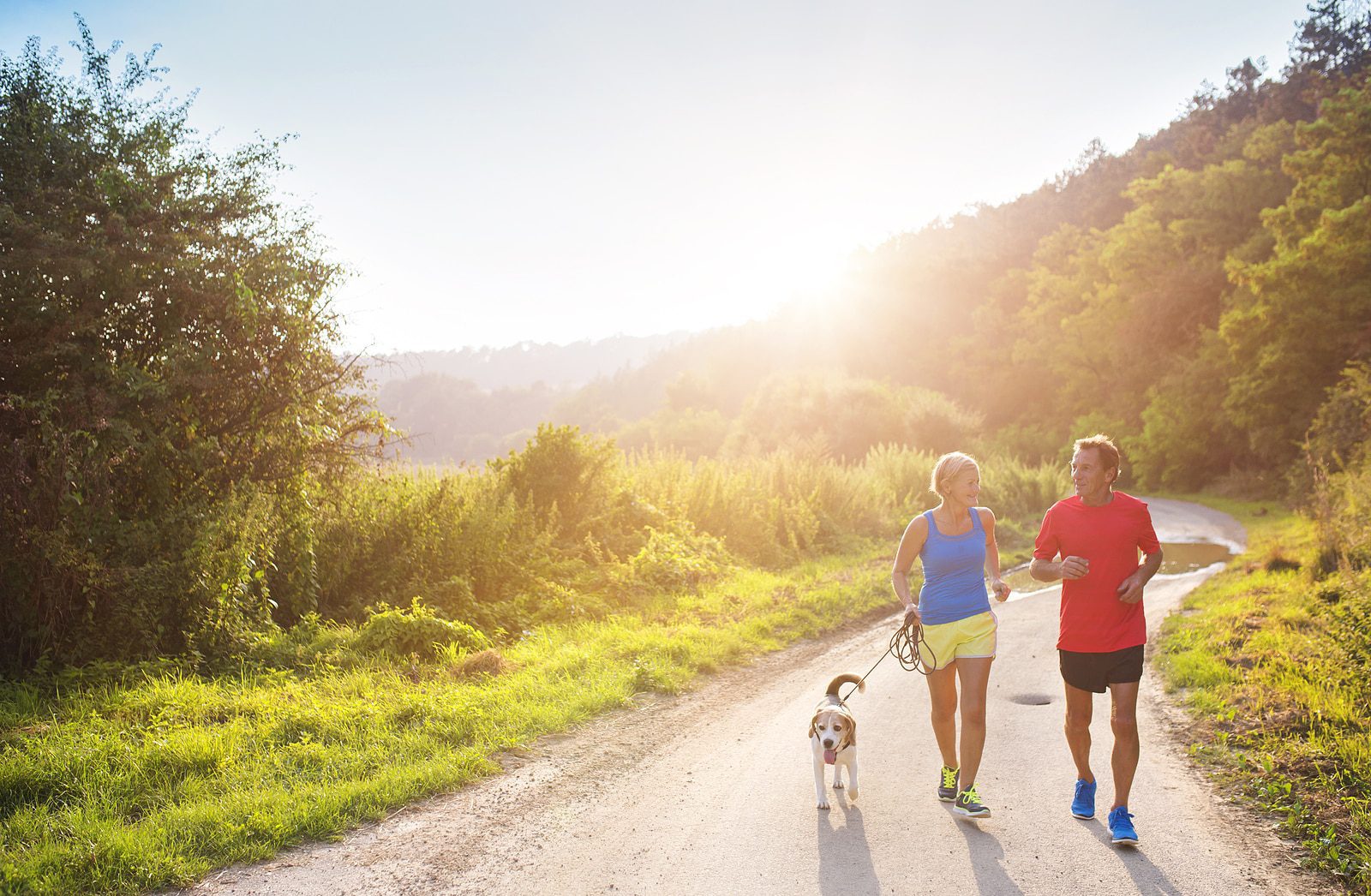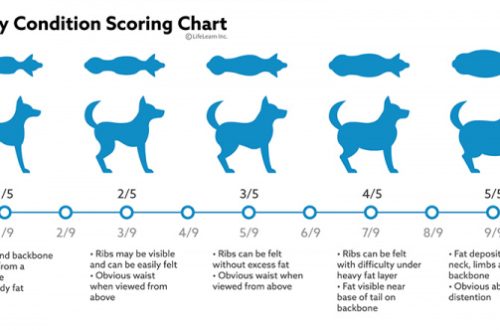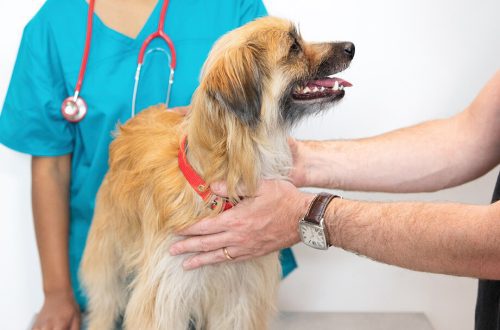
Gudu tare da kare ku: shawarwari 12 don nasara mai nasara
Dogs need exercise just as much as their owners. With regular exercise, our four-legged friends will be healthier, happier, and less prone to destructive behavior at home. Running can be a great workout option with your pet. Running with your dog keeps both of you fit and gives you a great opportunity to strengthen your relationship. But don’t stop there! Why not start running together and compete? If you’ve been training for a 5k race, wouldn’t it be fair for your dog to have a chance at a medal as well?
Contents
- Here are 12 tips for running with your dog.
- 1. Always remember that you are running with your dog.
- 2. Consult your veterinarian.
- 3. Train her.
- 4. Start slowly.
- 5. Always warm up.
- 6. Exercise in the cool time of the day.
- 7. Prepare well for your race trip.
- 8. Don’t forget water.
- 9. Make sure there are no problems.
- 10. Find a race where you can run your dog.
- 11. Cool down.
- 12. Kuyi nishadi!
Here are 12 tips for running with your dog.
1. Always remember that you are running with your dog.
Some dogs are more suited to running long distances than others. Be guided by common sense. Your English Bulldog, with his short legs and flat nose, is not the best candidate for a race. But the energetic Jack Russell Terrier, despite his physique, is much easier to train for a 5k race. Other common breeds that can be trained for long distance races are poodles, most terriers, collies, labradors, and golden retrievers. Before determining whether your pet will enjoy running training, research information about her breed and take into account factors such as age and health.
2. Consult your veterinarian.
It’s a good idea to visit your veterinarian before transitioning your dog to a new exercise regimen. You can discuss with your veterinarian whether preparing for a race is a good idea for your dog, as well as any precautions that should be taken. For example, if your pet is prone to joint problems, your veterinarian may advise you to choose swimming instead of running as an exercise.
3. Train her.
Train your dog for more than just getting in good shape. Although many dogs love to run, they are also very curious creatures that, when overexcited, can cross your path or stop abruptly to sniff everything around. And you are unlikely to like it if she suddenly disperses so much that she starts running faster than you are ready and pulling on the leash. Training on a leash will get your dog to walk quietly next to you at first, and then gradually move from a leisurely walk to a run.
You also need to make sure that the pet is sufficiently socialized and ready for such a shake. On the day of the race, there may be hundreds or even thousands of people participating in the competition or organizing it, not to mention other animals. You must teach your dog to behave properly in such situations, and for this, systematically take him to such events. Regular trips to the dog park are a great way to train your dog, stimulate it, and teach it to respond to commands in a more hectic environment. After all, you probably don’t want your ward to run in the other direction after the start to greet familiar four-legged runners.
4. Start slowly.
If you are a beginner yourself, this will not be a problem. You will just need to take your dog for runs when you start building up your own running time. But if you are an experienced runner, you should remember that your pet is not used to traveling long distances. Start small. Runner’s World contributor Jenny Hadfield specifically developed the Doggy 5K Run Plan to prepare healthy dogs for the 5K run.
5. Always warm up.
Even experienced runners need to take a few minutes to warm up before starting. Your dog is no different. Start with a short walk to stretch your animal’s muscles before moving on to running. This is also the best time for your dog to relieve himself – after all, you don’t want him to stop in the middle of a run to go pee.
6. Exercise in the cool time of the day.
Better – early in the morning or late in the evening. Midday heat is not good for you or your dog. If you run when it’s light outside, be sure to wear a reflective vest for both yourself and your pet so that any passing cars can see you.
7. Prepare well for your race trip.
Your dog should always be on a leash – both during the race and during training. Make sure she has a locket with up-to-date information in case you split up. And don’t forget the pet bags. Other runners may not like it if your dog leaves a pile in the middle of the treadmill.
8. Don’t forget water.
Get a collapsible water bowl for your pet and refill it every time you get the chance. Keeping hydrated is very important for both you and your dog. Attach a bottle of water to your belt or take a hydration pack so you always have water at hand and it won’t get in your way. You will appreciate the opportunity to quench your thirst during training.
9. Make sure there are no problems.
During training and running, it is important to monitor the physical condition of the dog. Salivation, excessive shortness of breath, and lameness are all signs that it’s time to take a break. Give her some water and check her legs and paws for any injuries or damage.
10. Find a race where you can run your dog.
Not all race organizers welcome four-legged friends as participants. Be sure to check the race site to see if you can run with your dog. On the Active website you can find a list of different races where you can participate with dogs.
11. Cool down.
Again, just like you after any run or race, your dog needs a proper cool down too. It could be a slow run or an easy walk for a mile or so. This will allow her muscles to relax and it will be easier for her to regain her normal heart rate. After a cool down, you can rest somewhere in the shade and give the dog some water, and maybe some treats – after all, he is smart and deserves it.
12. Kuyi nishadi!
Exercising together can create a strong bond between you and your dog, and over time, with proper training, he will enjoy running as much as you do. A 5K dog run can be a great experience for both of you. Enjoy every moment of it. After the race, you will be able to interact with other athletes and their dogs. Socialization is good for your dog’s development, and who knows, you might find yourself a new running mate – besides your dog, of course.






